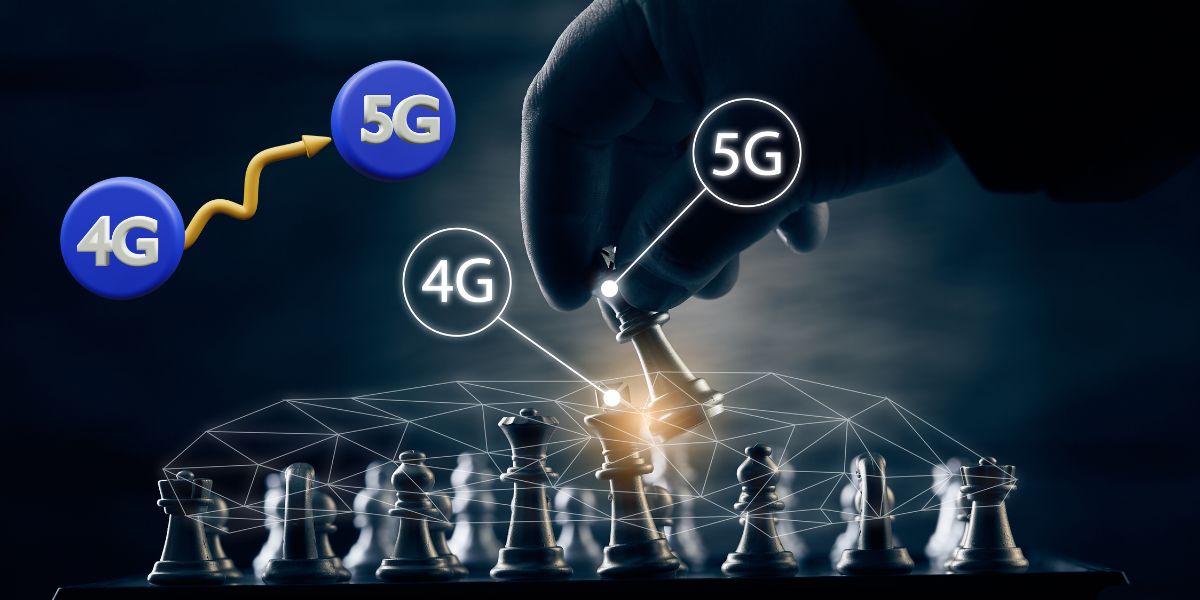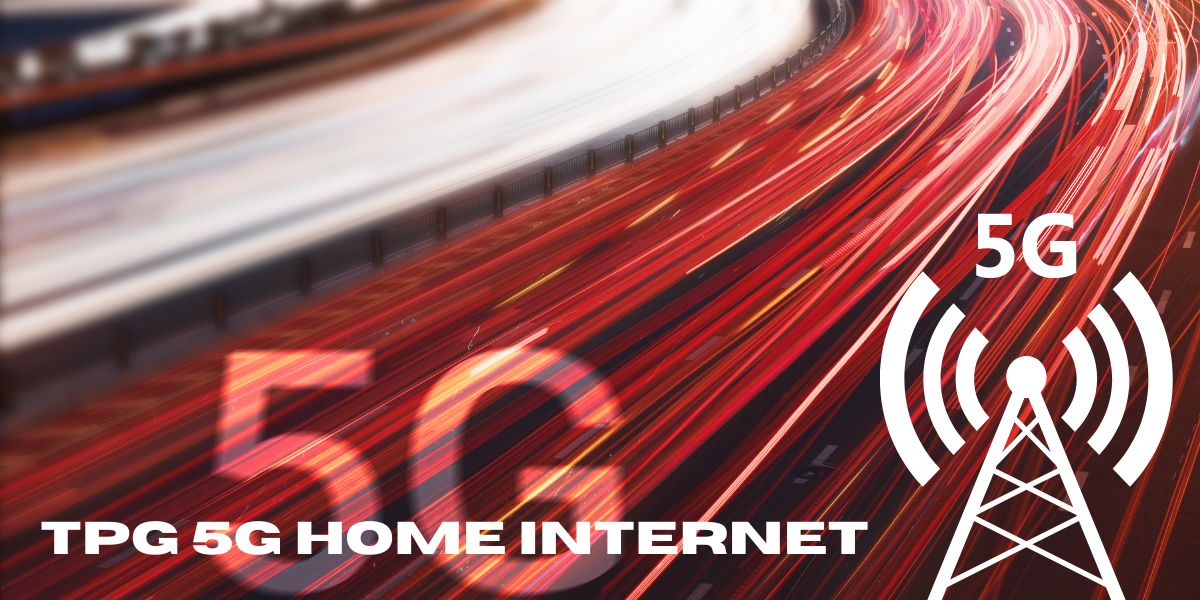In a world increasingly reliant on seamless connectivity, 5G has emerged as a groundbreaking technology that is reshaping how we access and experience the internet. As the fifth generation of wireless networks, 5G delivers unprecedented speeds, ultra-low latency, and the capacity to connect millions of devices simultaneously. Far beyond just a faster version of 4G, 5G is poised to revolutionize industries, enhance user experiences, and power the next wave of digital innovation. This article explores what 5G is, how it integrates with the internet, and its impact as of July 2025, with a focus on its relevance in Pakistan and beyond.
Defining 5G: The Next Generation of Connectivity
5G is the fifth-generation wireless network technology, succeeding 4G LTE, 3G, and earlier standards. It is engineered to provide faster data transfer, minimal delays, and robust connectivity for a vast array of devices, from smartphones and laptops to Internet of Things (IoT) devices like smart sensors and autonomous vehicles. Unlike its predecessors, which primarily served mobile broadband, 5G is designed to support diverse applications, including smart cities, remote healthcare, and industrial automation.
5G operates across three frequency bands:
-
Low-band: Offers extensive coverage but speeds closer to 4G, ideal for rural areas.
-
Mid-band: Balances speed and coverage, widely used in urban settings.
-
High-band (millimeter waves): Delivers ultra-high speeds (up to 10 Gbps) but has limited range and struggles with physical barriers like walls.
Technologies like Massive MIMO (Multiple Input Multiple Output), beamforming, and network slicing enable 5G to optimize performance, making it a critical enabler of the modern internet.
Key Features of 5G
5G’s advanced capabilities distinguish it from earlier networks, unlocking new possibilities for internet connectivity. Here are its defining features:
-
Lightning-Fast Speeds: 5G delivers download speeds of 1–10 Gbps, up to 100 times faster than 4G’s peak of 100 Mbps. This allows users to download a 4K movie in seconds or stream 8K content seamlessly.
-
Ultra-Low Latency: With latency as low as 1–10 milliseconds (compared to 20–50 ms for 4G), 5G supports real-time applications like online gaming, augmented reality (AR), and remote surgeries.
-
Massive Device Capacity: 5G can connect up to 1 million devices per square kilometer, making it ideal for dense IoT environments like smart homes and urban centers.
-
High Reliability: With 99.999% uptime, 5G ensures consistent connectivity for mission-critical applications, such as autonomous driving and industrial automation.
-
Energy Efficiency: 5G networks are optimized to use less power per bit of data, extending device battery life and supporting sustainable network operations.
How 5G Powers the Internet
5G serves as a high-speed, wireless gateway to the internet, enhancing how devices access online services and transforming connectivity. Here’s how it integrates with the internet ecosystem:
-
Mobile Broadband: 5G provides ultra-fast internet for mobile devices, enabling seamless browsing, streaming, and cloud-based applications. For instance, users can enjoy lag-free 4K/8K streaming or cloud gaming on platforms like Netflix or NVIDIA GeForce Now.
-
Fixed Wireless Access (FWA): 5G offers a cable-free alternative to traditional broadband (DSL or fiber), delivering high-speed internet to homes and businesses via wireless routers. This is particularly impactful in regions like Pakistan, where wired infrastructure may be limited.
-
IoT Ecosystems: 5G’s ability to connect millions of devices supports IoT applications, such as smart thermostats, security cameras, and industrial sensors, all of which rely on internet connectivity for real-time data exchange.
-
Edge Computing: By processing data closer to the user (at the network edge), 5G reduces latency for internet-dependent applications like virtual reality (VR), autonomous vehicles, and real-time analytics.
-
Network Slicing: 5G enables operators to create customized virtual networks for specific use cases, such as low-latency gaming or high-bandwidth video streaming, optimizing internet performance.
Transformative Applications of 5G
5G’s integration with the internet is driving innovation across multiple sectors. Here are some key applications:
-
Entertainment and Gaming: 5G enables immersive experiences like 4K/8K streaming, AR/VR applications, and cloud-based gaming with minimal lag, enhancing platforms like YouTube, Netflix, and Xbox Cloud Gaming.
-
Remote Work and Education: 5G supports high-quality video conferencing, cloud collaboration tools (e.g., Zoom, Microsoft Teams), and virtual classrooms, making remote work and learning more reliable and efficient.
-
Smart Cities: 5G powers internet-connected infrastructure, such as smart traffic systems, energy grids, and public safety networks, improving urban efficiency and sustainability.
-
Healthcare: With low latency, 5G enables telemedicine, remote surgeries, and real-time monitoring through internet-connected wearables, revolutionizing patient care.
-
Autonomous Vehicles: 5G’s real-time connectivity allows vehicles to communicate with each other and cloud-based systems, enhancing navigation, safety, and traffic management.
-
Industrial IoT: Factories use 5G for internet-based automation, enabling real-time monitoring, predictive maintenance, and robotic systems to boost productivity.
5G vs. 4G: A Comparison
To grasp 5G’s impact on the internet, here’s how it stacks up against 4G:
-
Speed: 4G peaks at 100 Mbps, while 5G reaches 1–10 Gbps.
-
Latency: 4G has a latency of 20–50 ms, compared to 5G’s 1–10 ms.
-
Device Density: 4G supports about 2,000 devices per square kilometer, while 5G handles up to 1 million.
-
Applications: 4G is suited for mobile broadband, while 5G supports IoT, edge computing, and mission-critical use cases.
-
Coverage: 4G has near-universal coverage, but 5G is expanding, with over 2.7 billion global connections as of Q2 2025 (per GSMA data).
Challenges of 5G Implementation
Despite its promise, 5G faces several challenges:
-
Coverage Limitations: High-band 5G offers exceptional speeds but limited range and poor penetration through obstacles. Low-band 5G provides broader coverage but slower speeds.
-
Infrastructure Costs: Deploying 5G requires significant investment in small cells, base stations, and fiber backhaul, which can delay rollouts, especially in developing regions like Pakistan.
-
Device Compatibility: Users need 5G-enabled devices, such as modern smartphones or routers, which may require costly upgrades.
-
Security Concerns: The proliferation of connected devices increases cybersecurity risks, necessitating advanced encryption and network protections.
-
Energy Usage: While 5G is efficient per bit, the increased number of base stations and devices can raise overall energy consumption.
5G in Pakistan and the Global Landscape
As of July 2025, 5G is in the early stages of deployment in Pakistan. Telecom operators like Jazz, Zong, and Telenor have launched trials in cities such as Karachi, Lahore, and Islamabad, with the Pakistan Telecommunication Authority (PTA) reporting test speeds up to 1.7 Gbps in controlled settings. However, commercial 5G availability remains limited to urban areas, with challenges like spectrum allocation and infrastructure costs slowing nationwide rollout. Fixed Wireless Access is expected to play a key role in bridging Pakistan’s digital divide, offering high-speed internet to underserved regions.
Globally, 5G adoption is accelerating, with over 260 commercial networks across 95 countries, according to GSMA Intelligence. Countries like South Korea, China, and the U.S. lead in 5G deployment, with applications ranging from smart cities to autonomous vehicles. The technology is projected to contribute $15 trillion to the global economy by 2035, driven by its impact on industries like healthcare, manufacturing, and transportation.
The Future of 5G and the Internet
5G is laying the foundation for a hyper-connected world, with innovations like 6G (expected by 2030) already in development. Future advancements may include holographic communication, AI-driven networks, and fully autonomous ecosystems. As 5G integrates with artificial intelligence, cloud computing, and IoT, it will make the internet faster, smarter, and more accessible, transforming how we live and work.
Conclusion
5G is a transformative force that elevates the internet to new heights, offering blazing-fast speeds, ultra-low latency, and the ability to connect millions of devices. From enhancing mobile broadband to powering smart cities and autonomous systems, 5G is redefining connectivity. In Pakistan, where 5G is gradually rolling out, it promises to bridge digital gaps and drive innovation. Despite challenges like coverage and costs, 5G’s integration with the internet is paving the way for a future where connectivity is seamless, reliable, and ubiquitous. As adoption grows, 5G will continue to shape a smarter, more connected world.


